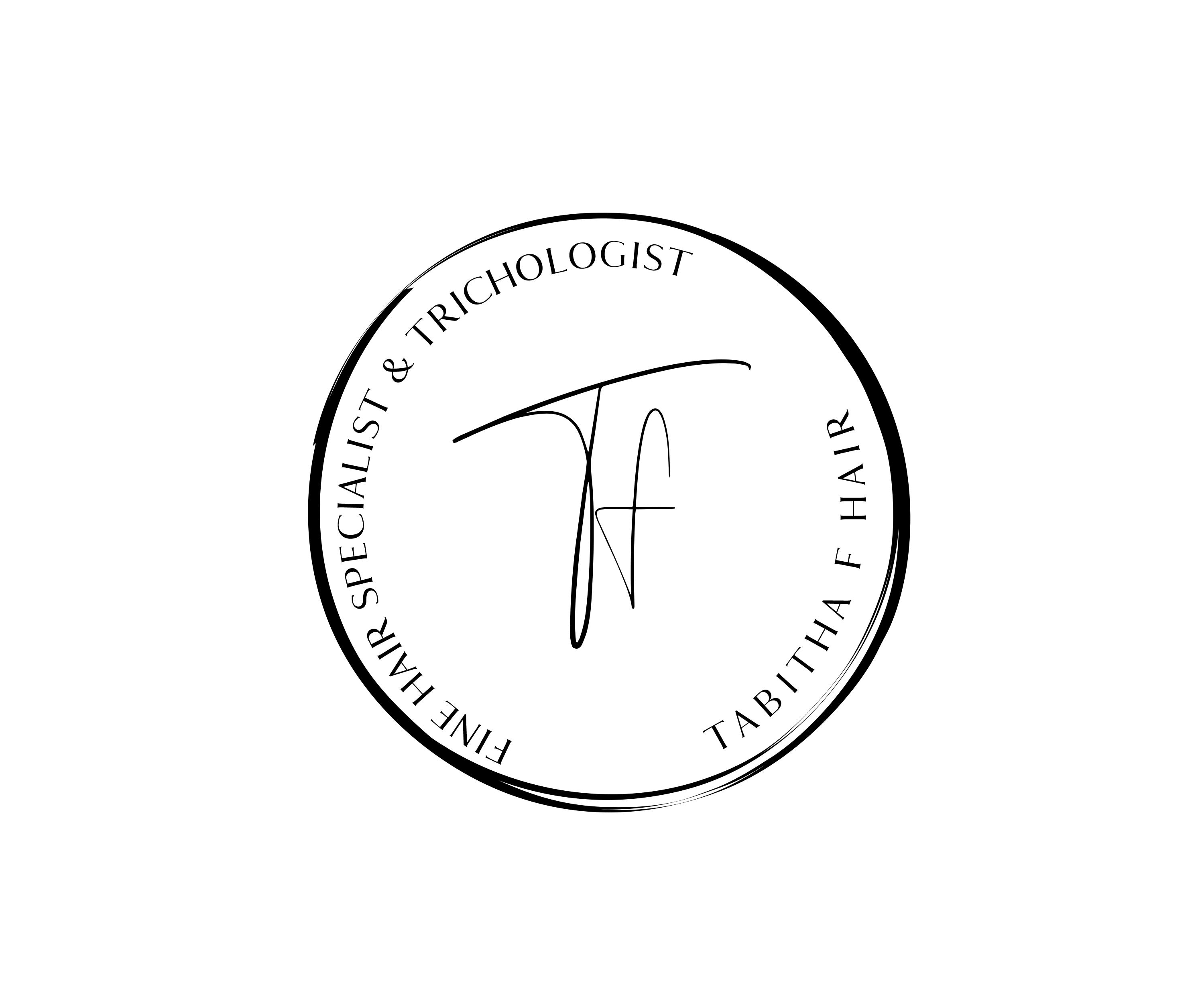Supporting New Moms: A Guide for Hairstylists on Postpartum Hair Loss
- Tabitha Fredrichs

- May 14, 2024
- 2 min read

Hi there, fellow hairstylists! Today, let's talk about a topic that many of our clients may be facing: postpartum hair loss. As hairstylists, we have a unique opportunity to support and reassure new moms who are experiencing this common phenomenon known as telogen effluvium. Let's dive into what postpartum hair loss is, why it happens, and how we can help our clients navigate through this temporary phase with confidence.
Understanding Postpartum Hair Loss:
Postpartum hair loss, also known as telogen effluvium, is a common condition that occurs in many women after giving birth. During pregnancy, elevated hormone levels prolong the growth phase of the hair cycle, resulting in thicker, fuller hair. However, after childbirth, hormone levels return to normal, causing a significant number of hair follicles to enter the resting (telogen) phase simultaneously. This synchronized shedding can lead to noticeable hair loss, often starting around three to six months postpartum.
Reassuring Your Clients:
As hairstylists, it's essential to reassure our clients that postpartum hair loss is usually temporary and will resolve on its own over time. Remind them that their hair will eventually return to its pre-pregnancy state, and they are not alone in experiencing this common postpartum symptom. Encourage them to be patient and gentle with themselves during this transitional period, both emotionally and physically.
Preventing Excessive Hair Shedding:
For 50% of women postpartum hair loss is a natural part of the postpartum experience, there are steps that new moms can take to minimize excessive shedding and support healthy hair growth:
Balanced Nutrition:
Encourage your pregnant clients to maintain a balanced diet rich in essential nutrients like protein, iron, zinc, and vitamins A, C, and E. These nutrients are vital for hair health and can help support the hair growth cycle.
Gentle Hair Care:
Recommend using hair loss shampoos and conditioners designed for sensitive scalps during this time. Encourage your clients to avoid harsh chemical treatments and excessive heat styling, as these can further weaken fragile hair strands.
Prenatal or Postpartum Supplements:
Recommend that they continue taking their prenatal supplement if they are already doing so. For those who have not been taking a prenatal supplement, suggest using a postpartum supplement like Nutrafol. However, it's essential to advise them to consult with their doctor before making any changes. Starting or stopping a supplement abruptly can sometimes exacerbate shedding, and during the postpartum period, it's crucial not to introduce too many changes at once. The body is already undergoing significant adjustments to hormone levels, sleep patterns, and other factors, so stability is key.
Stress Management:
Remind your clients to prioritize self-care and stress management techniques to reduce the impact of stress on their hair health. Encourage practices like deep breathing, meditation, yoga, or spending time outdoors in nature.
As hairstylists, we play a crucial role in supporting our clients through all stages of life, including the postpartum period. By providing reassurance, practical tips, and a listening ear, we can help new moms navigate through postpartum hair loss with confidence and grace. Let's continue to be a source of support and empowerment for our clients, helping them feel beautiful and confident at every stage of their journey.





Comments